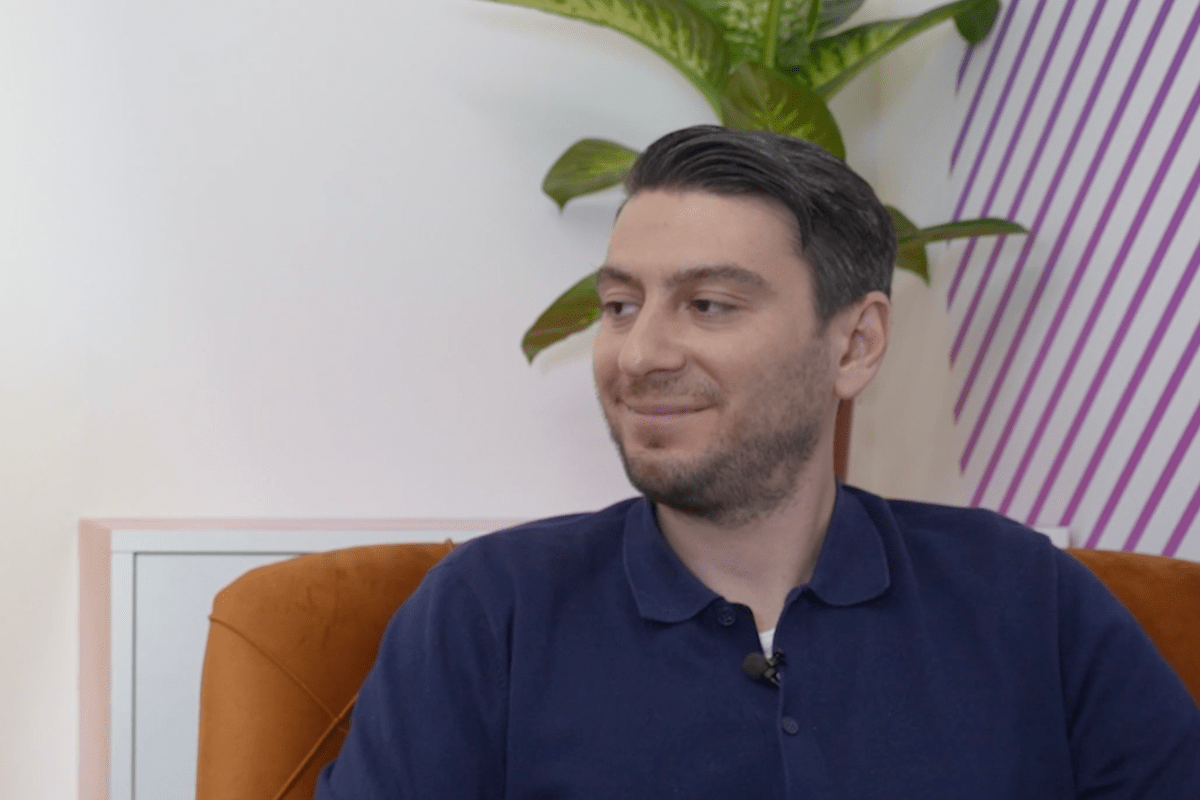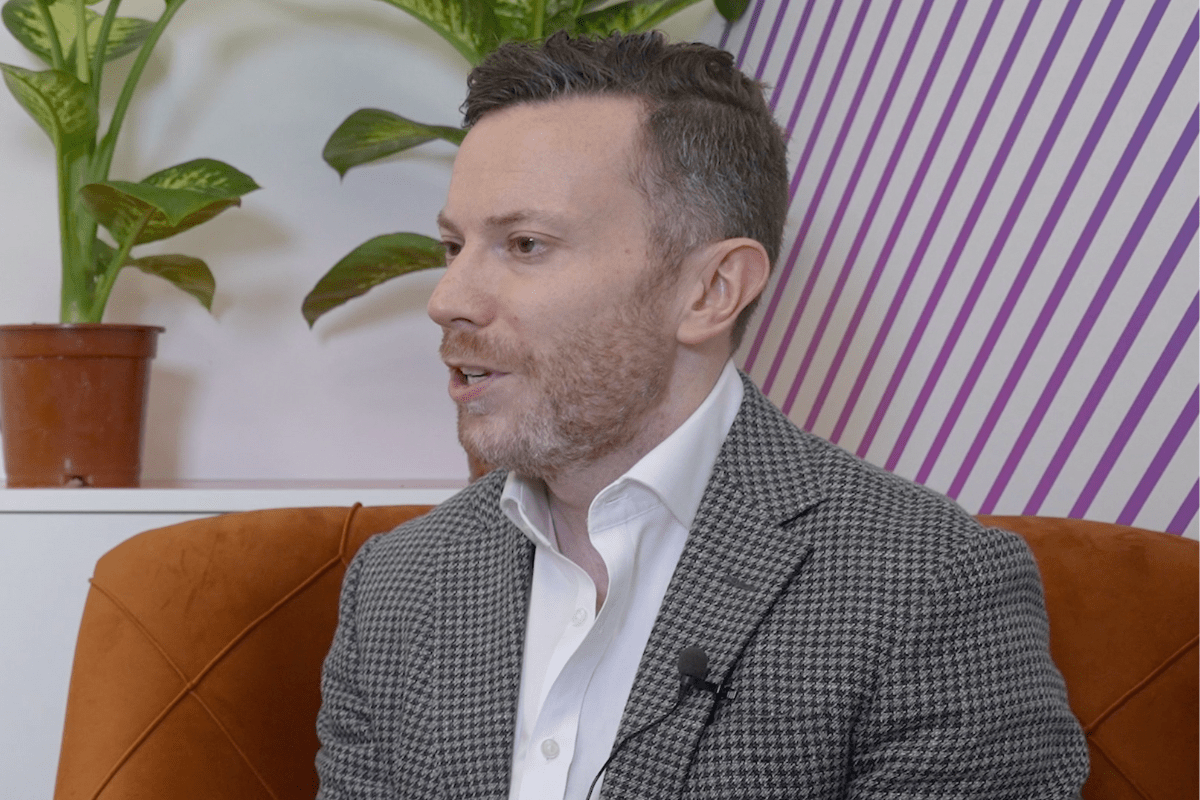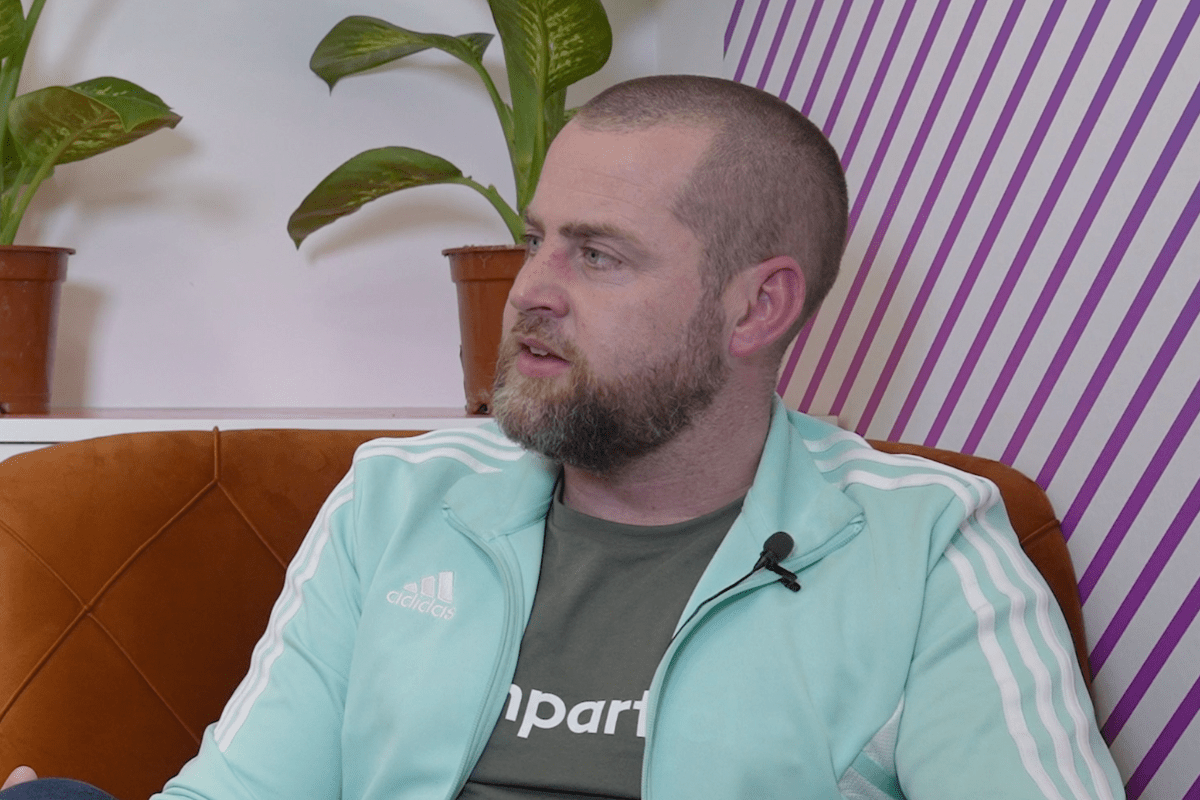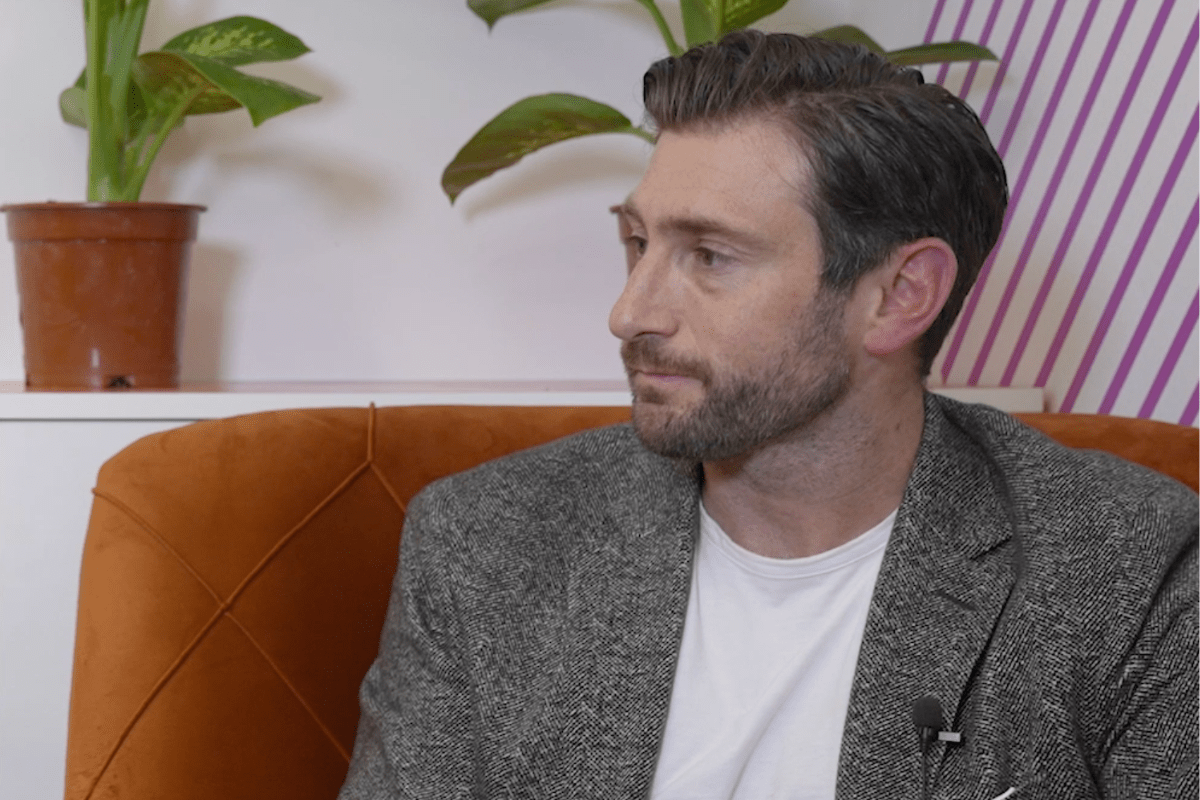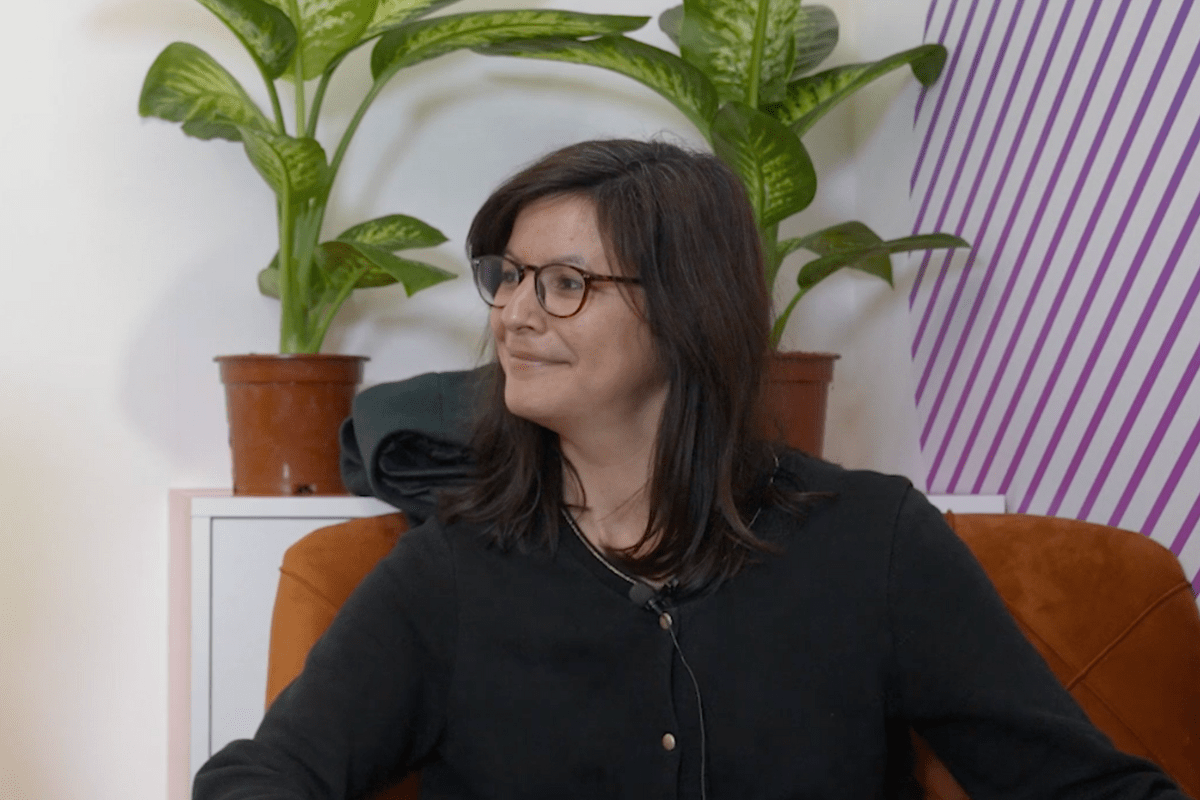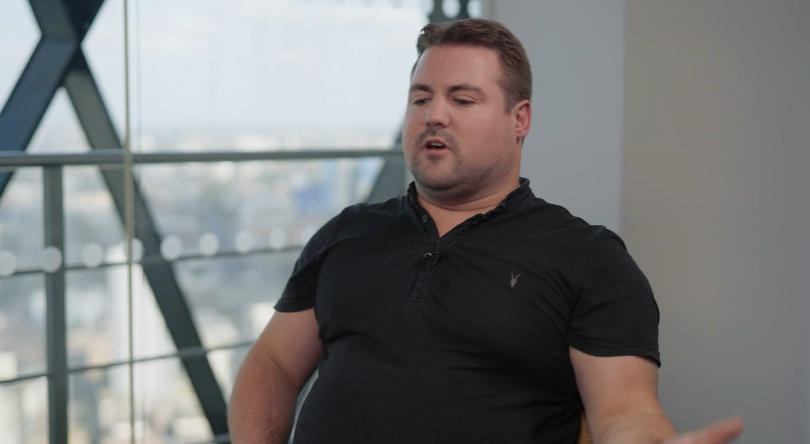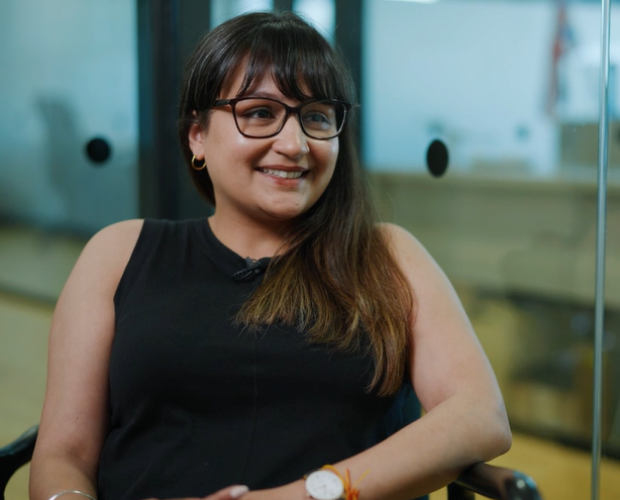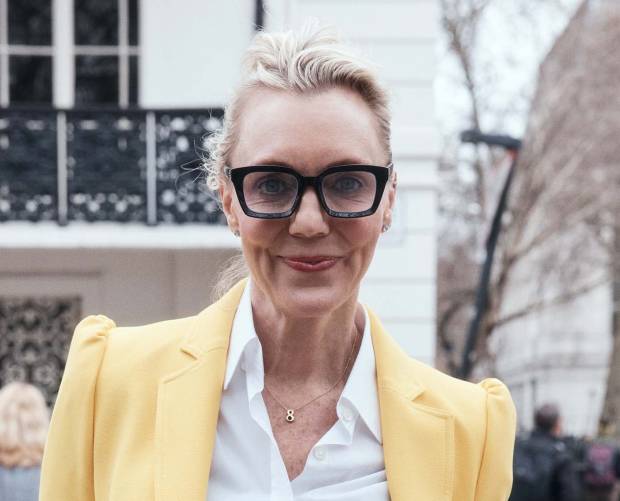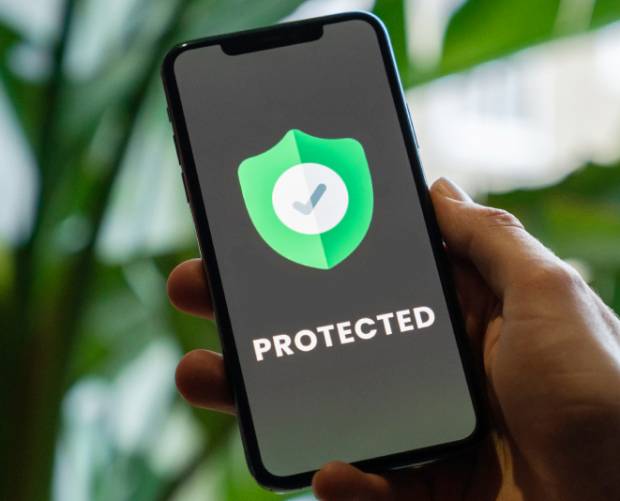 David Murphy talks to FergalWalker, CEO (pictured) and Jed Glanvill, business advisor at Quikkly, which is trying to reinvent the QR code.
David Murphy talks to FergalWalker, CEO (pictured) and Jed Glanvill, business advisor at Quikkly, which is trying to reinvent the QR code.
So tell me gents, what is Quikkly and why does the world need it?
FW: In a world where every person, every brand, every product has a substantial digital presence or representation of itself, it’s very easy to interact with it online if you want to watch a product video or connect with a brand on a social network, you click a button and it happens instantaneously.
The problem is that the offline world is not quite there yet. Linking from a business card, advertisement or product packaging to a digital experience is not as easy as it should be. There are a range of solutions to enable this. QR codes are the simplest in terms of execution, but they are designed for machines and supply chain management, not for people. So we decided we should come up with something designed for people, so that when someone looks at a Quikkly Tag, they understand immediately what will happen if they scan it. We also thought it should be possible to personalise it, so brands can include the brand logo and individuals can include a photograph of themselves and it’s all very intuitive.
JG: From the publisher side, publishers know they need to deliver content in the digital space beyond the printed product, and linking the two has been a challenge for some time. On one hand, they have not been geared up to produce the kind of content in the digital space that would be of interest to their readers and they have not done the right deals to give them access to that content, but on the other, the technology used to deliver the content to readers has been too slow. So the experience has often been a frustrating one. What we hope is that the Quikkly technology will be more interesting for them and give them the confidence that the reader can find more of their digital content than they ever could before.
From the advertiser’s point of view, there’s a big move towards content marketing, having an ongoing conversation with their customers. They are looking for ways to take those potential customers from their static printed advertising to deeper, more engaging content, or perhaps straight through to fulfilment, to an eCommerce promotion on a partner site.
So what’s the difference between a QR code and a Quikkly Tag?
FW: What you see when you are presented with a QR code is a load of black and white dots. There’s not much expression of what it does or you or your brand. With a Quikkly Tag, you still see dots, which is useful because you want to communicate the fact that this is an object that you can interact with and thanks to QR codes and barcodes, people understand that.
The other part of it is the expression of the call to action. Whether you want them to listen to a song, watch a video, connect to your web page, or whatever the call to action is. With a Quikkly Tag, there’s more space for expressing the call to action.
The second part of it is that Quikkly Tags are completely cloud-based, which means we can reprogram a Quikkly Tag on the fly. So it could point to a song one day and to a different song the following day and another one again the day after that.
It’s also worth noting that Quikkly Tags can deep link in to the user’s apps. So if someone has the Spotify app on their phone and you’re promoting a particular artist, you can link a Quikkly Tag to play the song directly from the app on their phone, rather than sending someone to a web page where they have to fish around to find the app.

So how long have you been pitching this to publishers, advertisers and agencies and what’s the reaction been?
FW: We launched at the end of November and we already have 5,000 businesses globally using Quikkly Tags. In the UK, Bauer Media have run Quikkly Tags in some of their publications and there is some retail and events stuff in a couple of other markets, in addition to the long tail of stuff happening across the world.
JG: I came across Quikkly last summer when they were still developing the tech and I have come on board to accelerate that aspect of it. It’s a complicated ecosystem of marketers, publishers and agencies of all types and I’m helping Quikkly to navigate that, talking to major publishers about the value Quikkly can bring to their readers.
So you’re educating the publishers and agencies, what about consumers? Quikkly Tags are not much use, after all, if no one has the app to scan them.
FW: We have our website and app and we are building more consumer discovery mechanisms and doing some advertising to push the discovery of the app and the site as we go. Also, anyone can have a Quikkly Tag, linking to their LinkedIn profile or Facebook page. We have made it super-simple to create Tags, and this will hopefully make them more accessible to everyone.
DM: While we’re on that subject, you’ve mentioned the calls to action a couple of times, what are the options there?
FW: Okay, deep breath, the full list goes like this: Like on Facebook; Follow on Facebook; Follow on Instagram; Follow on Twitter; Follow on Google; Connect on LinkedIn; Add to Contacts; Call Number; Send Email; Add to Local Calendar; Add to Google Calendar; Watch on YouTube; YouTube then Web; Listen on Spotify; Listen on Soundcloud; Find on Maps; Visit Website; Connect to wi-fi; Download from App Store; Download from Play Store.
So let’s talk money for a moment, on two fronts. Firstly, the company, are you privately funded, have you had investment? And then, how much does it cost to use the platform?
FW: We had a small funding round at the end of last year of $1m, made up of private investment and a VC firm, Initial Capital. As for the pricing, it’s a fremium model, a lot of the personal Tags, connect on LinkedIn or add me to your contacts, the social stuff is free.
We haven’t officially launched our prices yet, that’s due in May, but in essence, for Quikkly Tag creators and owners, our basic model is: “we get paid when you get paid”. What that means is that we only charge for Tags which we believe to have a commercial value. For example, Follow on Twitter is free, even if you are Lady Gaga or Coke, whereas Download App is a premium Tag, regardless of who you are. Paying customers can choose a flexible pay as you go model or a subscription. Subscriptions will include more capabilities and analytics.
So what kind of data do you collect and how?
FW: Users are required to log in the first time they use the app to scan a Quikkly Tag. There’s no need to log in again after this first time. Users can log in using Facebook or an email address. If they use an email address, we ask for basic demographics, just age and gender. And because this stuff is mobile, we also get data relating to the locations where Tags have been scanned, the device they were scanned on and the time of day.
This can be useful to help a brand know where to concentrate follow-up marketing efforts as one obvious example. By capturing anonymous demographic insights, we can model our business around charging brands, rather than forcing ads upon users in our app.




